Since the world entered the digital economy era, digital transformation has become inevitable. In this digitalized society, every move and actions of the individuals can generate a large amount of data on all media, which makes the application of innovative technology more diverse. Therefore, IoT has become more important with its ability to connect highly dispersed things and events. Meanwhile, what is the biggest challenge facing the development of this technology, expected to exceed one trillion dollars by 2030?
Security vulnerabilities as the biggest challenge of IoT
One of the characteristics of IoT is the closer links between people, objects and things based on the connection to the daily objects.
Nevertheless, with more things connected to the IoT, the risks of hacking and malware attacks have become major concerns. Given the potential risks to personal privacy, confidential information of businesses and governments, the losses can be severe. The destructive effects of network attacks highlight the importance of IoT security.
With the transmission of massive amounts of data, IoT has become increasingly complex. So far, no effective solutions for potential IoT security threats and problems have been proposed. Moreover, it also highlights the fact that this is a challenging issue as it can take several months to develop defense strategies against IoT vulnerabilities, even for medium-sized enterprises. Thus, if IoT technology is going to be applied in urban development, the preparatory work will undoubtedly be enormous.
Before considering how to seamlessly connect every terminal device, it would be better to step back and establish the highest security standards for IoT, since security is a prerequisite for development. Furthermore, it is also important to balance each stakeholders’ interests by adjusting the legislation, technology and policies constantly.
Enterprises concern about the high cost of IoT
To achieve high efficiency and fully utilize resources, it is common for companies to pursue new technologies, and IoT can meet their related demands. However, the cost of developing and maintaining IoT is quite high, making it difficult for small and medium-sized enterprises to afford.
According to software and development company Appinventiv, just an IoT sensing device has already cost at least $25,000. As for an automated IoT system, it is even more expensive. Though its price can be adjusted based on the actual circumstances, the cost can still range from $50,000 to $80,000.
IoT impacts the development of smart cities critically, and the perception of the public towards innovative technology can be changed based on the attitude of the enterprise. If enterprises take a leading role and actively promote and implement IoT solutions, it will be very helpful for the future development of society’s planning. At the same time, the government can assist companies in the implementation of low-cost IoT solutions by providing funding in a matching form to the relevant industry, thus solving the high costs issue.
The absence of IoT interoperability
The biggest drawback of the IoT is the lack of “interconnectivity” between systems, which leads to the problem of “interoperability” cannot be truly achieved.
Without unified IoT standards, there is a very serious fragmentation in the current IoT market, where the data format, operating systems, and communication standards used by each developer are not consistent. This also results in most IoT products being built on different ecosystems, which prevents the products from achieving 100% information sharing. It not only causes inconvenience to users during the search for solutions compatible with existing systems, but also increases the difficulty for developers in product design.
When IoT cannot be fully interconnected, its potential for development is consequently limited. To maximize the usage of this innovative technology, a cross-border access platform must be offered to all ecosystems and wireless protocols. Therefore, it can ensure the connectivity of all IoT devices effectively and improve the inconvenience caused by system integration.

